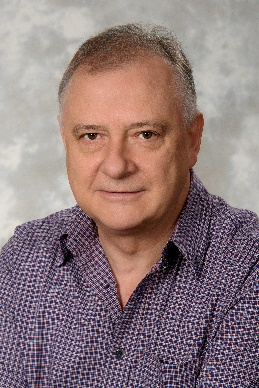
主讲人:Sima Dimitrijev
时间:2021年6月15日10:00
地点:半导体研发大楼第一会议室、腾讯会议
报告摘要
The key concepts in standard device modeling, such as continuous carrier concentration and continuous current, are questionable when the average number of carriers is smaller than one electron or one hole. This is not a rare scenario because the average number of minority carriers in semiconductor devices is almost always smaller than one carrier. In this presentation, we demonstrate that the carrier generation, recombination, thermionic emission, and tunneling can be modeled by equations developed for single-carrier events. The experimental data used for this demonstration include measured electron emission in silicon and measured current–voltage characteristics of SiC Schottky diodes.
个人简介
Sima Dimitrijev received B.Eng., M.Sci., and Ph.D. degrees in electronic engineering from the University of Nis, Yugoslavia, in 1982, 1985, and 1989, respectively. He is currently a Professor at the Griffith School of Engineering and Built Environment and the Deputy Director of Queensland Micro- and Nanotechnology Centre at Griffith University, Brisbane, Australia. He is the author ofUnderstanding Semiconductor Devices(New York: Oxford University Press, 2000), translated in Chinese and Korean, andPrinciples of Semiconductor Devices, 2ndEd. (New York: Oxford University Press, 2011), also translated and published in Korea.
Prof. Dimitrijev has over20 years of research experience in the area of SiC devices and technology. His team invented the nitric-oxide based technique for passivation of traps at the interface between SiC and the gate oxide. This technique is currently used by all companies that fabricate commercial SiC MOSFETs. The research and development work by his team has been funded by many research grants from the Australian and Queensland Governments, as well as research grants from industry.
Prof. Dimitrijev was a co-founder of a start-up company. He graduated 18 Ph.D. students, publishing with them over 190 papers in peer-review journals. He is a member of the Editorial Advisory Board ofMicroelectronics Reliability, Elsevier.